
Teri Garr, the versatile and beloved actress known for her indelible comedic performances in films like “Young Frankenstein,” “Tootsie,” and “Mr. Mom,” passed away on Tuesday, October 29, 2024, at the age of 79. Her publicist and friend, Heidi Schaeffer, confirmed that her cause of death was complications arising from multiple sclerosis, a condition she had battled with remarkable resilience for decades.
Garr’s career spanned over five decades, marked by a unique blend of effervescent charm, sharp wit, and a distinctive ability to imbue her characters with a delightful neurotic energy. She leaves behind a legacy of laughter and memorable roles that cemented her place as a cherished figure in American cinema and television. Beyond her professional achievements, Garr faced significant personal health challenges, including a brain aneurysm in 2006 and her long fight with multiple sclerosis, which she bravely chose to make public to raise awareness.
This article chronicles the extraordinary life and career of Teri Garr, from her early beginnings in a show-business family to her rise as an Oscar-nominated actress, and her courageous journey confronting serious health issues. We delve into the defining moments that shaped her artistic path and the personal fortitude that characterized her spirit, reflecting on the enduring impact she made on audiences and colleagues alike.

1. **Early Life and Dance Foundations** Terry Ann Garr, who later adopted the stage name Teri Garr on the advice of a numerologist, was born in Los Angeles, California, on December 11, 1944. She hailed from a family deeply rooted in entertainment, with her father, Eddie Garr, a vaudeville performer, comedian, and actor, and her mother, Phyllis Lind Garr, a dancer, Rockette, wardrobe mistress, and model. This early exposure to the performing arts undeniably laid the groundwork for her own illustrious career.
A significant and challenging turning point in Garr’s early life occurred when her father died of a heart attack in Los Angeles when she was just 11 years old. She later recalled that his death “left us bereft, without any kind of income.” This difficult experience underscored the incredible strength of her mother, who, as Garr noted, was “this incredibly strong, creative woman who put three kids through college.” This period instilled in Garr a profound sense of determination, as she remembered, “Any kind of lessons we wanted, we had to have scholarships or sweep the floors. It had to be free. And so we always had to try harder. That was instilled in me very early.”
From a young age, Garr showed a fervent interest in dance, committing herself to extensive ballet training. She dedicated countless hours to her craft, recalling, “I’d go for three, four hours a day; my feet would be bleeding.” Her dedication led her to “take buses all over the city just to go to the best dancing schools,” where she would “just stand there and be quiet and beat yourself up, push the body.” After graduating from North Hollywood High School, she attended San Fernando Valley State College for two years before relocating to New York City, where she further honed her acting skills at the Actors Studio and the Lee Strasberg Theatre and Film Institute.
Read more about: Beyond the Swipe: Unpacking the 12 Game-Changing Dating Trends of 2025 for Modern Daters

2. **Breaking into Television** Garr’s professional journey in entertainment commenced in her teenage years with small, uncredited roles in television and film during the early 1960s. Many of these initial appearances were as a background go-go dancer, frequently in projects choreographed by David Winters, who became a crucial mentor and friend in her early career. Her work with Winters included roles in youth-oriented films and TV shows such as “Pajama Party,” “The T.A.M.I. Show,” “Shivaree,” “Hullabaloo,” and “Movin’ with Nancy.”
Perhaps her most widely recognized early dance roles were her appearances in nine Elvis Presley musicals, many of which were also choreographed by Winters, including Presley’s most profitable film, “Viva Las Vegas.” When asked about securing so many roles in Presley’s films, Garr explained, “One of the dancers in the road show of West Side Story (David Winters) started to choreograph movies, and whatever job he got, I was one of the girls he’d hire. So he was chosen to do Viva Las Vegas. That was my first movie.” This period also saw her as a go-go dancer on musical variety shows like “Shindig!” and “Hullabaloo,” often alongside friend Toni Basil.
A pivotal moment in her early television career arrived in 1968 when she landed her first significant TV speaking role as secretary Roberta Lincoln in the “Star Trek” episode “Assignment: Earth.” This episode was originally conceived as a backdoor pilot for a new series, though it was ultimately not commissioned. Garr described her role in her memoir, noting, “I played Roberta Lincoln, a dippy secretary in a pink and orange costume with a very short skirt. Had the spin-off succeeded, I would have continued on as an earthling agent, working to preserve humanity. In a very short skirt.” This role, in her own words, often led to her being “cast as birdbrained lasses” in subsequent TV appearances. By 1972, she secured a regular role in “The Ken Berry ‘WOW’ Show,” a summer replacement series, and later became a regular cast member, dancing and performing in comedy sketches on “The Sonny & Cher Comedy Hour.”
Read more about: CNET’s Definitive Guide: Unpacking the Best Value Streaming Services and Bundles of 2025
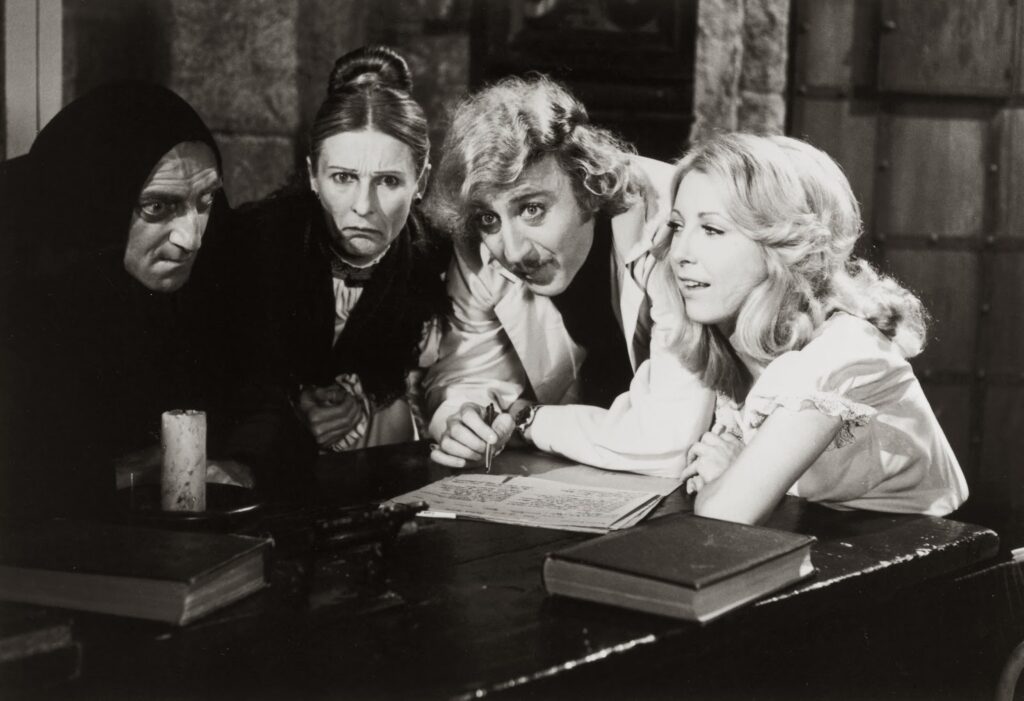
3. **Early Film Breakthroughs** Garr’s transition from dancer to speaking actress in film began with a brief but memorable appearance in The Monkees’ experimental film, “Head” (1968), a project notably co-written by Jack Nicholson. She recounted how she secured the role after meeting Nicholson in an acting class, leading to small parts for many students. Her role involved playing “the girl dying of a snakebite, who falls off the Conestoga wagon and says, ‘Quick, suck it before the venom reaches my heart!’ ” It was a quirky debut that hinted at her future comedic flair.
The mid-1970s marked a significant turning point in Garr’s film career, as she began to secure more prominent and critically acclaimed roles. In 1974, she appeared in Francis Ford Coppola’s acclaimed thriller, “The Conversation,” showcasing her ability to handle more dramatic material. This supporting role demonstrated her range beyond light comedic and dance performances, laying the groundwork for greater things to come.
However, it was her role as Inga, the delightfully anachronistic and German-accented assistant to Dr. Frederick Frankenstein, in Mel Brooks’s horror-comedy “Young Frankenstein” (1974) that truly marked a career breakthrough. Her deadpan delivery and comedic timing in the film, a loving parody of classic horror, cemented her status as a formidable comedic talent. This iconic performance quickly garnered her widespread recognition and remains one of her most beloved roles, celebrated for its unique blend of intelligence and charm.
Read more about: Denzel Washington at 69: A Resplendent Chronicle of Command, Craft, and Enduring Cultural Resonance
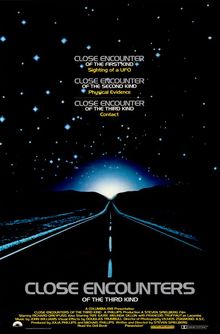
4. **Establishing Herself as a Leading Lady** Following her success in “Young Frankenstein,” Teri Garr continued to build an impressive resume, securing a string of highly successful films in the mid-to-late 1970s that further established her as a versatile and sought-after actress. She demonstrated her ability to balance comedic and dramatic roles with remarkable ease, appealing to a broad audience and working with some of the era’s most esteemed directors.
In 1977, Garr took on a dramatic role in Steven Spielberg’s seminal science-fiction film, “Close Encounters of the Third Kind,” where she portrayed Ronnie Neary, the exasperated wife of Richard Dreyfuss’s character. Her performance in this highly anticipated film earned her a nomination for a Saturn Award for Best Supporting Actress, highlighting her capacity to ground fantastical narratives with relatable human emotion. This role solidified her as an actress capable of delivering impactful performances in major studio productions.
That same year, Garr showcased her comedic prowess once again in Carl Reiner’s “Oh, God!,” starring opposite George Burns and John Denver. She played the wife of John Denver’s character, bringing her signature blend of warmth and relatable frustration to the role. Her natural on-screen chemistry and comedic timing further cemented her reputation as a leading lady with a distinctive comedic voice. Additionally, in 1979, she played the mother of the young protagonist in the critically acclaimed family drama “The Black Stallion,” proving her versatility across various genres and demonstrating a poignant dramatic range.
Read more about: When the Spotlight Faded: The Shocking Stories of 14 Iconic Female Stars Blacklisted in Hollywood
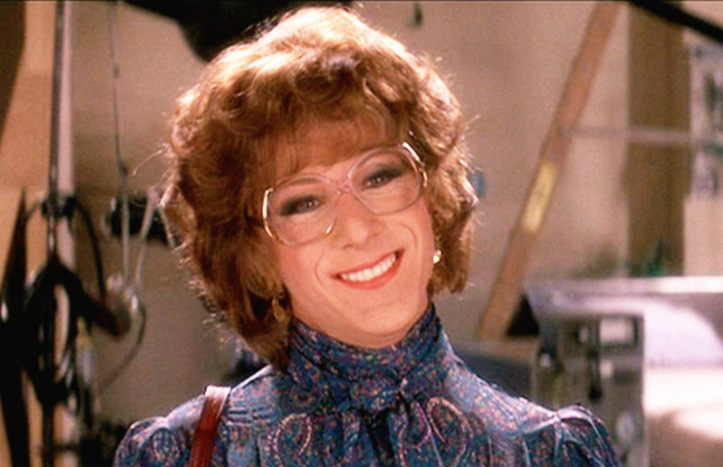
5. **The Iconic Role in ‘Tootsie’** Teri Garr’s career reached one of its most significant pinnacles with her co-starring role in Sydney Pollack’s critically acclaimed romantic comedy “Tootsie” in 1982. In this film, she portrayed Sandy Lester, a struggling actress and the bewildered friend of Michael Dorsey (Dustin Hoffman), who famously disguises himself as an actress named Dorothy Michaels to land a role on a soap opera. Garr’s performance was universally praised for its raw honesty, vulnerability, and impeccable comedic timing.
Her portrayal of Sandy captured the frustrations and aspirations of an aspiring actress navigating the complexities of her personal and professional life, often overshadowed by her larger-than-life friend. The role required Garr to deliver a nuanced performance, balancing moments of sharp wit with genuine emotional depth. Her character’s often exasperated yet endearing reactions to Michael’s elaborate deception provided many of the film’s most memorable and hilarious scenes.
Garr’s exceptional work in “Tootsie” earned her widespread critical acclaim and significant industry recognition. She received nominations for both an Academy Award for Best Supporting Actress and a British Academy Film Award for her performance, solidifying her status as a formidable talent in Hollywood. This role not only became one of her most iconic but also demonstrated her profound capability to shine in a star-studded cast, leaving an indelible mark on cinematic history.
Read more about: Hollywood’s Fading Reels: 5 Iconic Movies That Simply Wouldn’t See the Light of Day in Today’s World
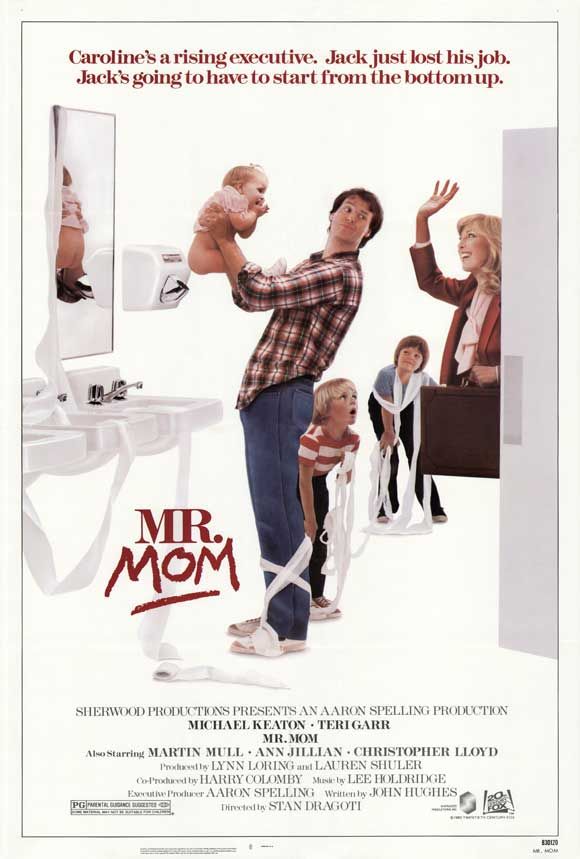
6. **Comedic Genius in ‘Mr. Mom’ and Beyond** Following her Oscar-nominated performance in “Tootsie,” Teri Garr continued to captivate audiences with her unique comedic talents, taking on a leading role in the 1983 comedy “Mr. Mom.” In this film, she starred as Caroline Butler, the wife of Michael Keaton’s character, who finds himself as a stay-at-home father after she re-enters the workforce. Garr’s portrayal of Caroline was both strong and sympathetic, embodying the challenges and humor of shifting gender roles in the workplace and at home.
“Mr. Mom” further solidified Garr’s reputation as an actress who could effortlessly blend humor with heartfelt emotion, making her characters relatable and deeply human. Her on-screen chemistry with Michael Keaton was a highlight, contributing significantly to the film’s commercial success and enduring popularity. The role allowed her to explore contemporary themes with a light touch, showcasing her intelligence and adaptability as a performer.
Beyond her leading comedic roles, Garr also demonstrated her versatility in more nuanced, character-driven performances. In 1985, she appeared in Martin Scorsese’s black comedy “After Hours,” a film that strayed from mainstream comedic fare and allowed her to explore a darker, more experimental side of acting. Her participation in such diverse projects underscored her commitment to challenging roles and her desire to expand her artistic horizons, proving she was far more than just a comedic actress.
Read more about: 14 Essential Arnold Schwarzenegger Films: From Cyborgs to Bodybuilders, Ranked!
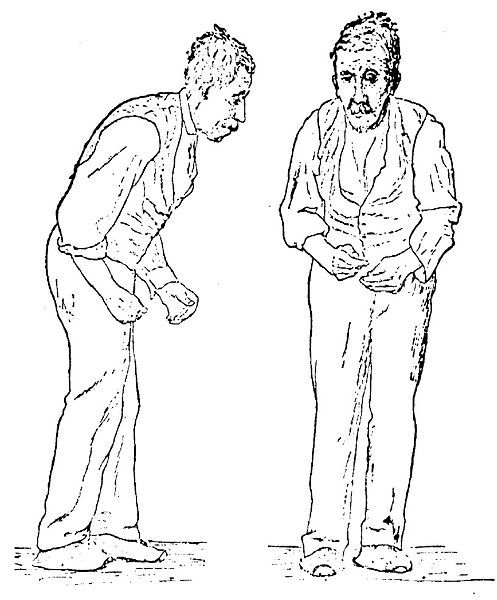
7. **First Whispers of Illness: The Onset of Multiple Sclerosis** While Teri Garr’s career was flourishing, behind the scenes, she was beginning to experience a series of perplexing health issues that would ultimately lead to a life-altering diagnosis. She first noticed vague symptoms around the time she was filming “Tootsie” in the early 1980s, almost two decades before she would receive a definitive answer. These early signs were subtle and inconsistent, making them difficult to pinpoint.
Describing her initial experiences to CNN’s Larry King in 2002, when she publicly disclosed her condition, Garr recalled, “I would run, jog in the park, and I just started tripping. It was just like my toe — I would start to trip, and then that would go away. Then I would get some tingling in my arm.” These fleeting and seemingly unrelated symptoms made the diagnostic process incredibly challenging for both Garr and the medical professionals she consulted.
Indeed, Garr’s struggle to obtain a diagnosis was protracted and frustrating. She went to an astonishing 11 doctors before she was finally diagnosed with multiple sclerosis (MS) in 1999, nearly two decades after her first symptoms emerged. She articulated this difficulty, stating, “It’s very hard to get a diagnosis and it’s very hard to find out — difficult to find out if you have this, because the things come and go and the things are subtle.” This extended period of uncertainty underscored the complex nature of MS and the challenges many patients face in identifying their condition.
Multiple sclerosis is a chronic, often debilitating disease of the central nervous system that affects the brain and spinal cord. According to the National Library of Medicine, the disease leads to damage that impairs how the brain communicates with the body. The National Institute of Neurological Disorders and Stroke notes that women are more susceptible to this autoimmune disorder, with warning signs typically appearing between the ages of 20 and 40. The exact cause of MS remains a mystery, though factors such as genetic susceptibility, infectious disease, and environmental triggers are believed to play a role, according to The National Multiple Sclerosis Society.
The disease manifests through a wide array of symptoms, including fatigue, memory difficulties, mood changes, mobility issues, numbness, pain, tingling, and vision impairment. Garr herself experienced many of these, developing a limp that she treated with a leg brace and reduced movement in her right hand. Her treatment regimen included steroid injections to manage symptoms, which, as the Los Angeles Times reported, led to weight gain. This early period marked the beginning of her long and courageous battle with MS, which she would later address with remarkable openness and advocacy.
Read more about: When the Spotlight Faded: The Shocking Stories of 14 Iconic Female Stars Blacklisted in Hollywood
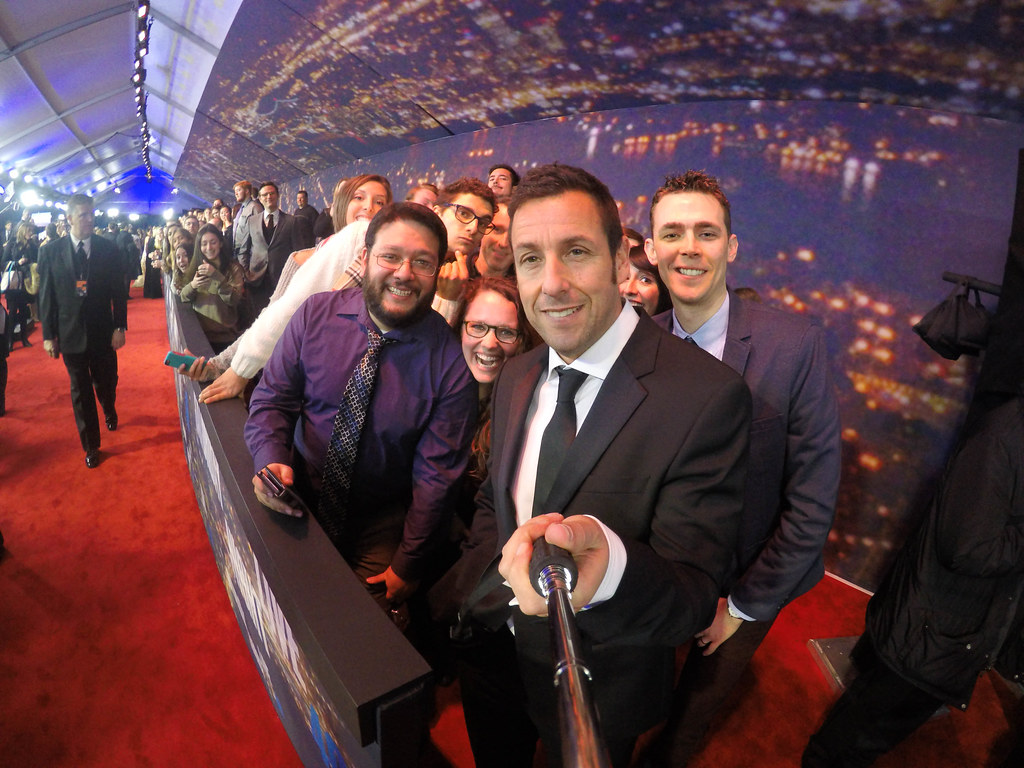
8. **A Late-Night Legend: The Talk Show Circuit**Beyond her acclaimed film and television roles, Teri Garr cultivated a distinct and celebrated persona through her frequent appearances on late-night talk shows. Her quick wit, spontaneous charm, and engaging banter made her a highly sought-after guest, endearing her to millions of viewers who tuned in to see her unscripted interactions with the hosts. These appearances offered a glimpse into her natural comedic genius and affable personality, often presenting her as more than just an actress but a captivating conversationalist.
She became a veritable fixture on “The Tonight Show Starring Johnny Carson,” gracing the iconic program over 40 times. Her interviews with Carson were legendary, characterized by their easy flow and Garr’s ability to effortlessly pivot between humorous anecdotes and insightful observations. These appearances allowed her to connect directly with the American public, showcasing her authentic self and solidifying her status as a beloved public figure during the golden age of late-night television.
Even more renowned were her recurring guest spots on “Late Night with David Letterman.” Garr’s exchanges with Letterman were legendary for their unscripted and often hilariously unpredictable nature. Their on-screen chemistry was palpable, with Letterman frequently playing off her unique brand of charming neurosis. One memorable, albeit controversial, incident involved Letterman goading her into showering in his office while the camera rolled, an act that he later publicly apologized for, acknowledging it as “maybe kind of a sexist thing to do.”
Her impact extended to hosting duties as well, as she notably hosted “Saturday Night Live” three times during the 1980s, specifically in 1980, 1983, and 1985. These hosting stints allowed her to display her sketch comedy skills and comedic range in a live setting, further cementing her reputation as a versatile performer capable of engaging audiences in myriad formats. Her presence on these programs underscored her unique ability to entertain both as a character actor and as herself.
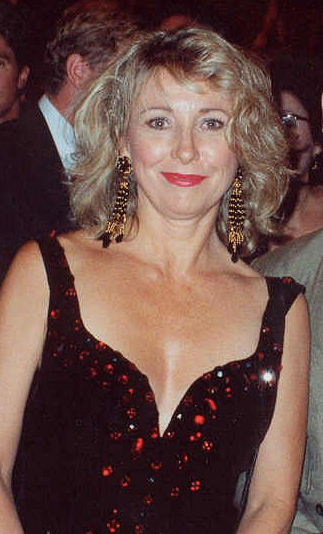
9. **Personal Life and Quiet Struggles**While Teri Garr was a vibrant public figure, her personal life was marked by significant relationships, a devotion to family, and even moments of unexpected challenge. She navigated the complexities of Hollywood while striving for a sense of normalcy, a balance often difficult to strike for those in the public eye. Her journey included both deeply personal connections and public activism, revealing the multifaceted nature of her character.
In the early 1980s, Garr was involved in a seven-year relationship with film executive Roger Birnbaum, a significant partnership in her formative adult years. Following this, she entered another long-term relationship, spending seven years with physician David Kipper, to whom she was introduced by her friend Carrie Fisher. These relationships formed important chapters in her life, providing companionship and stability during periods of intense professional activity.
A pivotal personal milestone occurred in 1993 when Garr married building contractor John O’Neil. In that same year, in November, they adopted their daughter, Molly O’Neil, fulfilling a cherished desire for motherhood. Although the marriage concluded in divorce in 1996, her relationship with her daughter remained a central and enduring source of joy and strength throughout her life, especially during her later health challenges.
Beyond her relationships, Garr faced a disturbing stalking incident in July 1990. A Los Angeles County judge intervened, issuing an order against a woman charged with stalking her, demanding she cease all contact and maintain a 100-yard distance from Garr, her home, and her workplaces for three years. This event highlighted the less glamorous and more perilous aspects of public life, underscoring the personal vulnerabilities that came with her celebrity.
Garr also demonstrated a commitment to social and political causes. In March 1988, she was arrested for trespassing in Mercury, Nevada, during a protest against nuclear weapons testing, showcasing her willingness to actively participate in political activism. She also lent her support to The Trevor Project, a nonprofit organization dedicated to LGBTQ youth suicide prevention, reflecting her compassion and advocacy for marginalized communities.
Read more about: The 12 Car Confessions: What His Ride Says About His Mental State (And If He’s Checked Out)

10. **The Brain Aneurysm and Road to Recovery**In December 2006, Teri Garr faced a life-threatening health crisis when she suffered a ruptured brain aneurysm. This sudden and severe medical emergency dramatically underscored the fragility of life and presented her with an immense challenge, even as she was already grappling with multiple sclerosis. The event was a profound turning point, requiring intensive medical intervention and a lengthy period of rehabilitation.
The aneurysm occurred unexpectedly while she was napping. As she recounted to CNN in 2008, “I went to sleep to take a nap and my daughter couldn’t wake me up.” Her daughter’s swift action in calling 9-1-1 was critical, leading to her immediate hospitalization. Doctors performed emergency surgery, which involved drilling a hole in her head and coiling the aneurysm to prevent further bleeding, a procedure she detailed in an interview with the Los Angeles Times that same year.
A brain aneurysm, also known as a cerebral aneurysm, is a weak, bulging spot on an artery wall in the brain. If it ruptures, it can cause severe bleeding and is often life-threatening. The American Heart Association notes that these aneurysms affect about 5% of the population, with a 40% chance of death once bleeding occurs, according to the American Stroke Association. Garr’s survival and recovery from such a dire event were a testament to the rapid medical response and her own inherent resilience.
The consequences of the aneurysm were immediate and severe. Garr was left in a coma for a week, a period of grave uncertainty for her family and friends. Upon waking, she embarked on a grueling two-month rehabilitation process. She recalled having to “learn to walk again, talk again, think again,” undergoing extensive physical, occupational, and voice therapy to regain her motor and cognitive skills. This demanding recovery process, following years of battling MS, showcased her extraordinary perseverance in the face of daunting health obstacles.

11. **Courageous Advocacy for Multiple Sclerosis**After years of silently battling the insidious symptoms of multiple sclerosis, Teri Garr made the brave decision to publicly disclose her diagnosis in October 2002. This act of openness was not simply a personal revelation but a deliberate choice driven by a desire to help others and demystify a condition often shrouded in misunderstanding and fear. Her disclosure transformed her from a private patient into a prominent advocate, offering hope and information to countless individuals.
Her motivation for going public was clear: to combat the isolation and fear associated with MS. In an interview, Garr articulated her reasons, stating, “I’m telling my story for the first time so I can help people. I can help people know they aren’t alone and tell them there are reasons to be optimistic because, today, treatment options are available.” She recognized the lack of public information and sought to be a beacon of optimism, emphasizing that life could continue with treatment and a positive outlook.
Following her disclosure, Garr committed herself wholeheartedly to advocacy. She became a National Ambassador for the National Multiple Sclerosis Society and took on the role of National Chair for the Society’s Women Against MS (WAMS) program. These positions allowed her to actively participate in fundraising, awareness campaigns, and patient support initiatives, leveraging her celebrity platform for a cause deeply personal to her. In November 2005, her dedication was formally recognized when she was honored as the society’s Ambassador of the Year.
Garr was also candid about her ongoing management of the disease, including her treatment regimen. She revealed that her approach involved regular steroid injections to help manage symptoms, which, as the Los Angeles Times reported, also led to weight gain. Despite the physical challenges, she maintained a remarkable positive attitude, often citing her family’s support as crucial to her fight. As she told Closer Weekly, she viewed her health problems as an “odd gift” that compelled her to “stop and settle down and focus,” finding a new purpose in her advocacy.
Read more about: From Sitcoms to Renovations: 14 Beloved Home Improvement Personalities We’ve Lost

12. **A Lasting Legacy: Tributes and Influence**Teri Garr’s passing prompted an outpouring of tributes from across the entertainment industry, reflecting the profound impact she had on her colleagues, critics, and audiences. She was not merely an actress but a unique comedic voice and a resilient spirit who left an indelible mark on Hollywood and beyond. Her legacy is characterized by her memorable performances, her infectious charm, and her courageous honesty.
Critics frequently lauded Garr’s distinct talent, often calling her a “comedic legend.” In 1982, renowned film critic Pauline Kael encapsulated her appeal, describing her as “the funniest neurotic dizzy dame on the screen.” This sentiment was echoed by numerous performers who cited her as a significant influence on their own careers, including acclaimed actresses Jenna Fischer and Tina Fey, underscoring her pioneering contributions to comedic acting.
Upon her death, many celebrated figures offered their heartfelt remembrances. Talk show host David Letterman, with whom Garr shared many memorable on-screen moments, called her “one of The Late Show’s all-time favorite guests.” He added that “Teri Garr’s many appearances on Late Night gave it a cachet and importance not possible without her. She was a first class actor and comedian and a lovely human being. She elevated all, and I’m sad she is gone,” a testament to their unique bond and her star power.
Director Mel Brooks, who guided Garr to one of her most iconic roles in “Young Frankenstein,” wrote, “She was so talented and so funny. Her humor and lively spirit made the Young Frankenstein set a pleasure to work on.” Her “Tootsie” co-star, Dustin Hoffman, released a statement that read in part, “Teri was brilliant and singular in all she did, and had a heart of gold. Working with her was one of the great highs. There was no one like her,” highlighting the depth of respect and admiration she commanded from her peers.
Additional tributes poured in from a wide array of entertainment luminaries, including Steve Martin, Michael Keaton, Richard Dreyfuss, Lisa Kudrow, Jamie Lee Curtis, Michael McKean, Paul Feig, and Francis Ford Coppola. These numerous accolades and personal reflections collectively paint a picture of an actress who was not only exceptionally talented and versatile but also deeply cherished for her humanity, wit, and resilience. Her significant achievements were recognized with nominations such as a Saturn Award for “Close Encounters of the Third Kind,” an Academy Award and a British Academy Film Award for “Tootsie,” and a National Board of Review award for Best Acting Ensemble for “Prêt-à-Porter,” solidifying her place among Hollywood’s esteemed talents.
Read more about: June: A Comprehensive Chronicle of the Sixth Month’s Enduring Legacy
Teri Garr’s life journey was a testament to enduring strength, both on screen and off. From her formative years as a dancer to her rise as an Oscar-nominated actress and, ultimately, her courageous advocacy for health awareness, she navigated her path with distinctive grace and an unyielding spirit. She leaves behind a cinematic legacy brimming with laughter, memorable characters, and a profound example of confronting adversity with courage and candor. Her impact on film, television, and the lives she touched will undoubtedly resonate for generations to come, ensuring her place as a truly unforgettable star.

.jpg)

